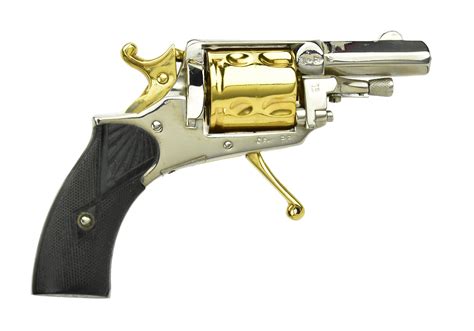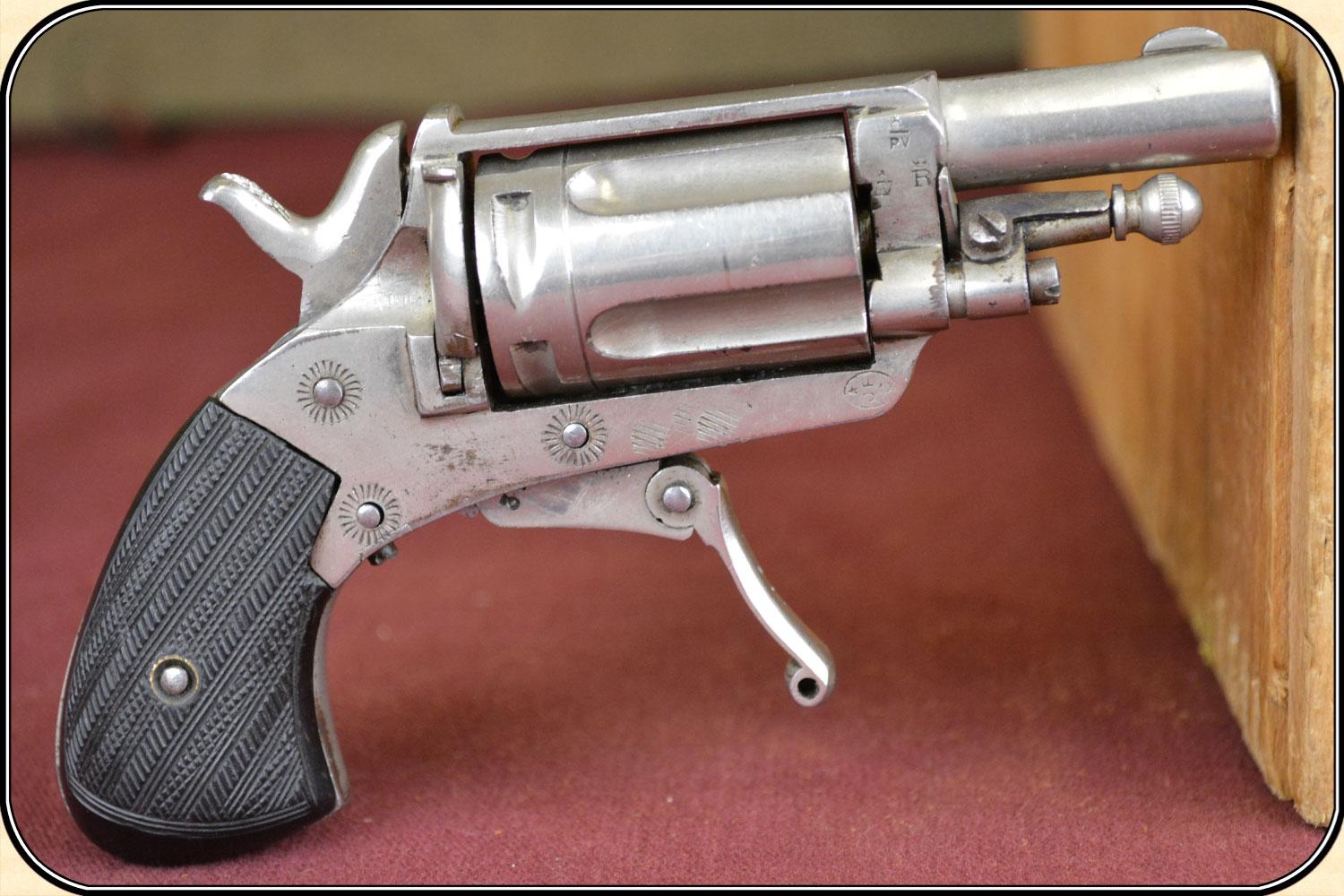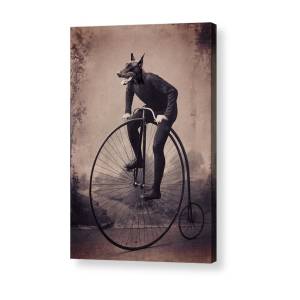The Velo-Dog… was a pocket revolver originally created in France by René Galand… in the late 19th-century as a defense for cyclists against dog attacks. The name is a compound word composed of “velocipede” and “dog”.
Some additional context during the period France had a large amount of feral dogs. Also for fellow dog lovers they did make less-lethal ammunition for these. The name Velo-Dog is used to refer to a class of guns (pocket carry small caliber revolvers) from that period rather than a specific make and model.




Royal Armouries video: [13:36] https://youtu.be/oG-vw_zvMY8?si=Zi391RG9AIH3vbbB
Ian’s video: [13:36] https://youtu.be/6nB2fjFw8iM?si=
Coincidence that they’re both the same length.
It’s interesting that they all use the same or similar “safety” mechanisms with the collapsible trigger. Anyone know if that was a common design for the time, or was this specific to these types of weapons?
Huh, I didn’t think of it as a safety at all, I figured it was to make it lighter and easier to stow in a holster
Hm, could be this as well, especially considering it’s intended purpose.
I’m curious why we don’t see modern handguns with collapsible/retractable triggers. It seems like a good way to make a gun more compact. Maybe the reduced draw and fire speed is the reason.
I’d love to know how these were mounted on the bike or if any real thought was put into it.
To put it in perspective, this is before most bicycle brakes, pneumatic tires, any kind of gear-train.
https://en.m.wikipedia.org/wiki/Velocipede

Mounted? Where did you see that? Unless I missed it, I don’t think they mounted these on the bicycle, cyclists just carried them in a pocket or something.
It wouldn’t last long at all in most places on a bike with a real rider. Thus my curiosity about mounting solutions most spots on a bike are constantly getting sweat dripped on them and evaporating. Your sweat contains a lot of salts that will corrode anything it contacts. Like, as a hardcore roadie, when I change my bar tape around 4 times a year there are caked up salt crystals all around it. I have to replace my shifters around every 3 years because of corrosion inside the mechanism. Everything is like this with a serious rider traveling distances and commuting. The location relative to your body is what will determine how fast something will corrode. Like anything I regularly carry in my back jersey pockets will corrode fastest.
Back in these early days people really cared about efficiency. There was only one gear and that had to get you up any hills. People were also traveling considerable distances on unpaved roads or cobbles. When bikes are made to optimize human efficiency they are more like road bikes of today than anything else. The range of leg motion is much longer and riding positions are set to recruit major muscle groups, (not the case for cheap bikes of today/mountain/hybrid/beach cruisers). When you are on a real bike like this, the last thing you want is some strap, belt or heavy object flapping around on your body.
I’ve commuted 100% and rode everywhere by bike for 4 years, raced for 6, and was the Buyer for a chain of bike shops for 6 years.
This would have been carried by a bicyclist by simply putting it in their pocket. Just like your wallet or keys, no holster.
The bicycle element is moreso in the marketing of the design. Bicycles were becoming more popular at the time, among both men and women. People would ride out into the country side and get chased by feral dogs. Soon after enterprising businessmen would bring these designs to market advertising them to those bicyclists.
That guy in number 11 looking super happy because he doesn’t have to lug his giant weiner around town anymore.
That was the very first type of Velocipede too, IIRC (unlikely) it was patented in 1817. You rode it by walking with it and kinda fence rail riding it down hill. It’s wooden with wagon wheels and absolutely no brakes.
As a hardcore roadie, it has always been a weiner transporter, but what isn’t, even most Karens have one.

The furry hate is real! But how often do you find yourself bothered by a velo-dog?



